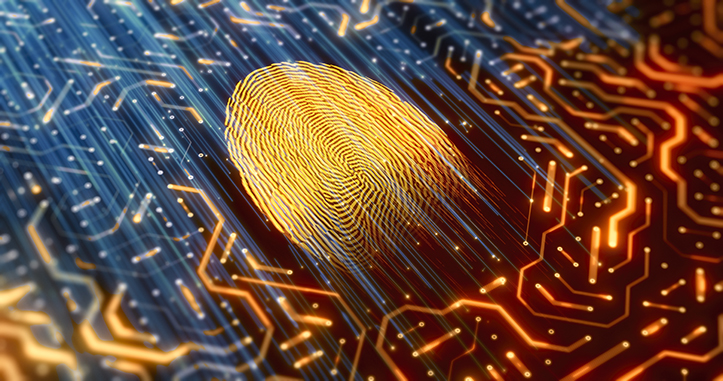Since 2015 and the rise of e-commerce hyper scalers, we have witnessed a fundamental shift in consumer behavior, one that has dramatically accelerated due to the COVID-19 pandemic, according to a Bain & Company. Consumers today are increasingly making buying decisions on the values that they hold dear– health and wellness, sustainability, safety, ethically sourced materials – instead of factors like price and convenience.
As businesses look for new ways to reach, engage and serve consumers, the delivery of timely, tailored and relevant experiences have become key. While this shift represents significant transformation challenges for companies, it also represents an enormous opportunity to drive the next wave of growth in consumer industries.
For over 75 years, industries have organized themselves around the concept of the “two moments of truth” – get a consumer into a store to purchase a product, and influence them to use the product. And hopefully, the cycle repeats. In this linear path to purchase with touchpoints that focused on getting consumers to complete transactions in a store, the retailers, consumer products companies and wholesalers in the value chain had well-defined and complementary roles, and all stakeholders favored economies of scale.
This is no longer the case. Today, companies are reaching consumers directly in “moments of opportunity”, requiring them to have a more holistic understanding of consumer desires. This model favors economies of speed – companies that can spot moments of consumer opportunity and organize themselves the fastest to orchestrate the delivery of experiences and products, will win.
To respond effectively to these behavior shifts, consumer products companies need to differentiate themselves as a ‘category of one’, where their business is so unique that there are no direct competitors, and these companies need to make innovative and data-centric decisions.
One example that illustrates this dramatic shift comes from a Google study. One participant spent 73 days and made 250 touchpoints (several blogs, merchant websites, local retailers, product reviews on YouTube) before buying a single pair of jeans. Indicative of today’s consumers, this consumer is engaged with and desires to be inspired by brands through viewing multiple options before making a selection.
This example demonstrates the changes businesses have to make to succeed going forward. We expect that soon, 50% of consumer products industry growth will occur through a direct business model. Consumer-facing companies will need to build compelling consumer experiences based on:
- Consistent master and consumer data across all channels to enable a consistent and meaningful experience
- Full visibility of the entire value network, from sourcing and partner networks to all consumer touchpoints, both physical and virtual, and actual consumption
- Live access to, and use of, both structured and unstructured data to assess demand drivers and market dynamics in real time
- Scaled, quantitative and qualitative analysis of consumer perception, sentiment and feedback to deliver a unified, personalized user experience
Key Technologies & Innovations
So how can companies transform and adapt quickly to meet these new expectations and needs while reaping benefits in productivity, efficiency, personalization, and profitability. With intelligent technologies that can quickly increase consumer-centricity.





